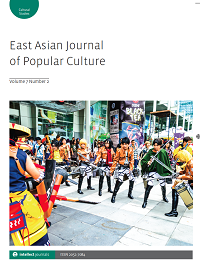
Full text loading...

In recent years, there have been numerous English-language reports on the purported censorship of Peppa Pig in China. This article goes beyond this discourse to explore both how this British animation was translated into Chinese popular culture and how English-language news outlets subsequently responded to Peppa’s presence in China. Firstly, it examines how the dubbing of Peppa Pig into Chinese facilitated promotional claims about the universal appeal of this animation. Secondly, it shows how Peppa Pig’s subsequent popularity in China prompted a promotional shift towards a self-conscious localization of the brand with the release of the film 小猪佩奇过大年 (Peppa Celebrates Chinese New Year). Thirdly, this article explores how English-language news reporting became distorted in its claims about the extent of Peppa Pig’s censorship in China. Theoretically, I argue that both the localization of Peppa Pig and English-language journalistic discourse about the animation in China have been permeated by an afterlife of Orientalism. As an afterlife, this is a discourse that lacks the all-encompassing qualities of Edward Said’s classic Orientalism, but that continues to draw upon the Orientalist idea of an absolute distinction between ‘the East’ and ‘the West’.

Article metrics loading...

Full text loading...
References


Publication Date:
https://doi.org/10.1386/eapc_00107_1 Published content will be available immediately after check-out or when it is released in case of a pre-order. Please make sure to be logged in to see all available purchase options.